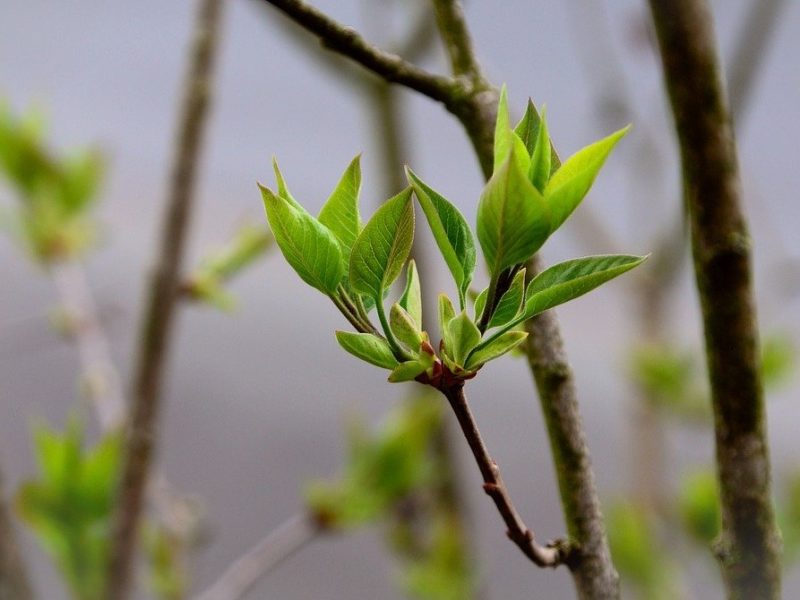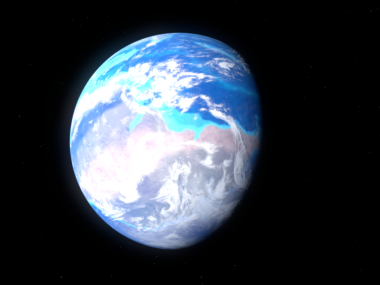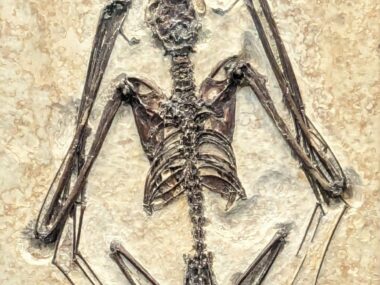The entire physical creation came to be in the first week of time by a series of special creation events. As He created, God kept humans in mind. He created the physical world and man in such a way that humans could learn about Him (the anthropic principle characteristics not essential for life). He filled the creation with physical illustrations of His invisible attributes so that man could understand His nature. And He created a host of spectra of perfections so that we could begin to understand His infinity.
The following article is a from Devotional Biology: Learning to Worship the Creator of Organisms, Chapter 15.2, pgs. 314-317. The views expressed in this article reflect those of the author, and not necessarily those of New Creation.
God created the earth in wisdom (Prov. 3:19; Jer. 10:12; 51:15), in such a way that it would be inhabited (Isa. 45:18). Thus, even when God was fashioning the non-biological world, He was doing so in such a way that life could thrive—both human and non-human life. Beginning about six thousand years ago, time as we know it began when God spoke the earth into existence (Gen. 1:1; Exo. 20:11; Psa. 33:8-9; II Pet. 3:5). It was probably at this time that the basic structure of the universe was fashioned (e.g. its three-dimensionality), and it was fashioned with anthropic principle characteristics that would permit life to thrive.
On Day Two of the Creation Week was the special creation of the atmosphere (Gen. 1:6-8). By the end of that day the atmosphere and the water cycle was in perfect running order, fully capable of protecting and supporting the organisms that would soon appear. On Day Three of the Creation Week the special creation of God brought the land into existence (Gen. 1:9-10, 13). Not only was this land ready to support life, but God probably created a variety of different continents so that He could later create a greater variety of life. It is also likely that somewhere in the course of the first three days God specially created the structure and chemistry of the oceans—again, for the purpose of supporting the life that was about to appear within them.
The Origin of the Biomatrix
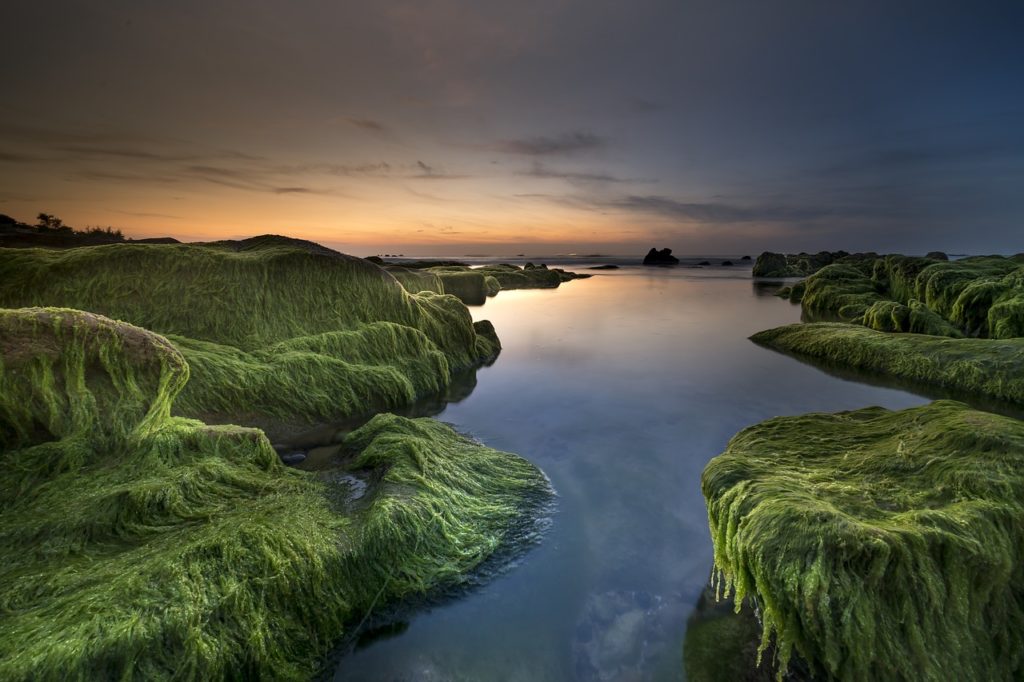
Archaea, bacteria, protozoa, algae, and fungi are not specifically mentioned in Genesis (or anywhere else in the biblical account). Yet, they must have been created during the Creation Week, because the biomatrix is necessary for the survival of other organisms and special creation is the only way these organisms could have arisen (Gen. 2:1-2). In fact, given its holistic flavor, Scripture probably includes the organisms of the biomatrix as part of those things with which they are most intimately associated. For example, it is most likely that the biomatrix organisms now found in the earth’s rocks and oceans were created on Day One as part of the earth and its initial covering of water. Likewise, the biomatrix organisms now found in the soils and waters of the continents were likely created on Day Three as part of the continents. With the creation of these biomatrix organisms would have been the beginning of lifesupporting biogeochemical cycles.
In the same manner, biomatrix organisms in plants were created on Day Three with plants. Biomatrix organisms in animals and humans were created on Day Five and Day Six with the organisms in which they lived. Since biomatrix organisms are not mentioned in Scripture, we’re not told if they were created ‘according to their kind’, but since their classification structure seems similar to that of other organisms, they were probably created in baramins (“created kinds”). Since God ended His creation at the end of the Creation Week (Gen. 2:1-2), all the present baramins of the biomatrix were created in the Creation Week, as well as additional baramins that have since gone extinct. The ability we see in modern biomatrix organisms to change suggests that God also placed hidden information in them. Some of this was probably in anticipation of the many changes God knew the earth and its organisms would experience in the course of history, and some of it was included so that humans could glorify God by revealing its potential.
The Precambrian Fossil Record
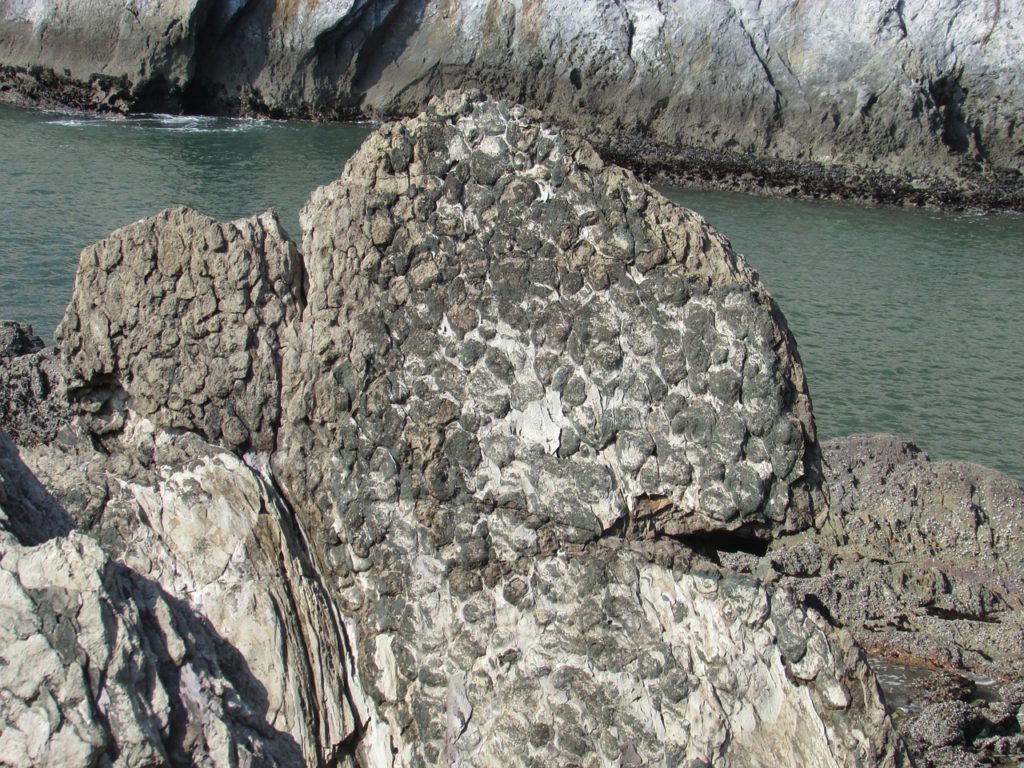
Of the oldest (Precambrian) sediments on the earth thousands of feet contain fossils of bacteria, but no fossils of plants or animals. The fossils suggest the rocks were probably not directly created. The lack of plant and animal fossils suggests that the sediments were formed before the creation of plants on Day Three. These sediments might be explained if the creation of the continents included raising them out of the oceans.
On Day Three, God commanded the water covering the earth ‘to be gathered together into one place’, so allowing the dry land to appear (Gen. 1:9-10). We are not told in this passage exactly how the continents were formed, but water running off the rising continents, would have formed sediments along the edge of continents and would have buried some of the biomatrix organisms that had already been created. This Day Three regression (of water) might have generated at least a portion of the lower Precambrian fossil record. Since it is a part of the Creation Week, the Day Three regression may well have involved some type of special creation. After all, it does not seem possible for modern processes to raise continents and deposit that much sediment in a single day.
The Origin of Plants and Animals
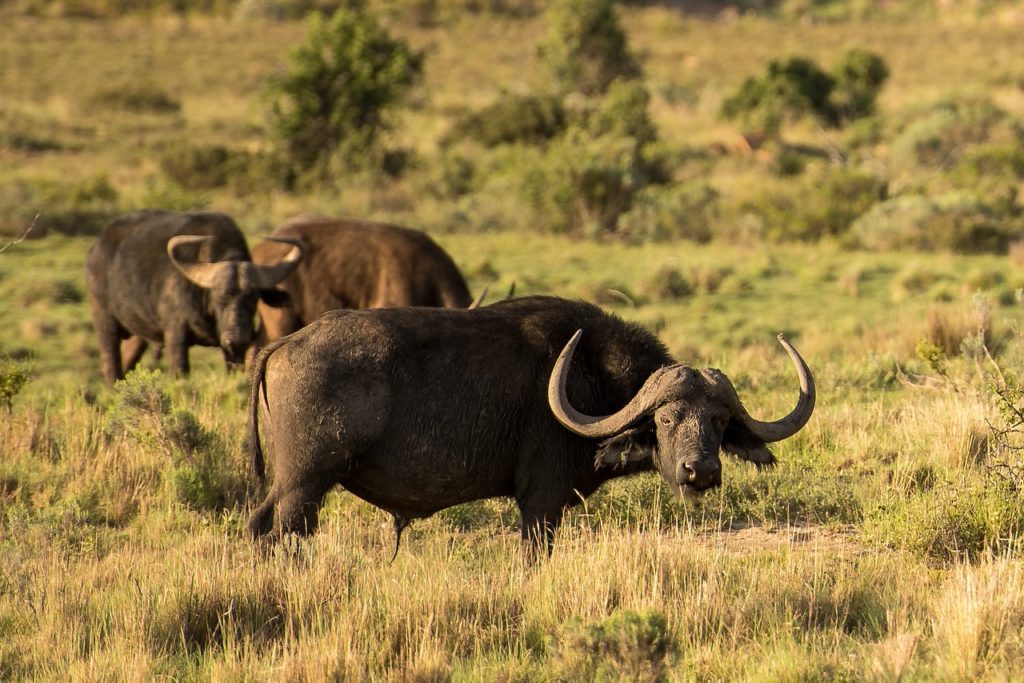
Aside from the plants and animals of the Garden (Gen. 2:8-9, 19), all the land plant baramins were specially created on Day Three (Gen. 1:11-13), all the animal baramins of the air and water were specially created on Day Five (Gen. 1:20-23), and all the animal baramins of the land were specially created on the first part of Day Six (Gen. 1:24-25, 31). In each case all the baramins of the present world were created plus the baramins that have gone extinct since the creation (e.g. lycopod trees, trilobites, and dinosaurs), so life was created with high disparity from the beginning. Organismal forms were also chosen by God to display a nested hierarchy of similarity.
Organisms were also created with great diversity and the potential for more diversity. Although creatures were ‘abundant’ from the beginning (e.g. Gen. 1:21), air and land animals were commanded to ‘fill the earth’ (Gen. 1:22), so the earth was not created at its carrying capacity. There was an abundance of resources and room for growth, probably both in numbers and diversity within baramins (intra-baraminic diversity). God also placed a considerable amount of hidden information in each organism—some so the baramin could fill the earth, some so the baramin could survive the curse, some so that the baramin could restore its diversity after the Flood, and some so that humans could reveal that diversity to the glory of God.
Finally, the organisms of the earth were created without any biological evil (no suffering, nephesh death, carnivory, or disease) in mutual symbiotic relationships (see discussion of the Edenian epoch), and complex integrated communities. Considering the extinction of baramins that have occurred since then and considering the communities we have been able to infer from the fossil record (see discussion of the Antediluvian World), a greater diversity of communities was created than is even seen in the present.
The Origin of Man and the Garden

In the description of the new heaven and new earth given at the end of Revelation, God lives among humans, but chooses to manifest himself on a throne at a particular location on the earth. Something similar was apparently also the case in the first heaven and earth. God designed the earth so that He would walk with humans in a specially designed garden at a particular location. It may have been over that location that the Holy Spirit hovered on Day One of creation (Gen. 1:2), and it may have been with respect to that location that the days and nights of the Creation Week were defined.
It also seems that as God created plants on Day Three, and animals on Day Five and Day Six, that He left an area in Eden without plants or animals (Gen. 2:5). On Day Six, after completing the remainder of the creation, God turned His focus to the Garden where He planned to walk and talk with man. In a string of special creation events God fills the garden with plants and animals and creates the rulers He sets over His entire creation. In sequence God
- watered the garden area (Gen. 2:5-6)
- formed Adam’s body and breathed life into it (Gen. 2:7)1
- planted the Garden of Eden with plants (Gen. 2:8-9)
- placed Adam into the garden and commissioned him (Gen. 2:15-17)
- created garden animals (Gen. 2:19) and had Adam name them (Gen. 2:20)
- created Eve from the side of Adam and presented her to him (Gen. 2:21-22)
The Sabbath
Once the sixth night ended (Gen. 1:31), God ended His creation work (Gen. 2:1-2). God’s Sabbath, which was the termination of His work of creation (Gen. 2:3), continues to this day (e.g. Heb. 4). God has apparently chosen to never again repeat the special creations of the Creation Week. Consequently, modern processes had nothing to do with the origin of the universe, the earth, or the earth’s organisms. Since the naturalistic worldview cannot appeal to special creation events, it is no wonder that naturalism comes to radically different conclusions about the origin of things. For example, since naturalistic processes typically operate many, many times more slowly than those where God is involved, it is not surprising that naturalistic explanations for the origin of organisms involve chronologies thousands to millions of times longer than the biblical chronology.
The Frontiers of Research
Of all the time periods of history, the Creation Week is the most difficult to understand. Because special creation events do not occur in the present we have no means of directly studying them. It may turn out that the human mind cannot begin to understand them. However, there are things in our world today (such as light from stars, the sun, and the oldest rocks of the earth) that came to be during the Creation Week and may not have changed much since the beginning. Studying them may give us insight into the events of this incredible week.
Check out the rest of the History of Life series:
Learn More About Creation Week
Footnotes
- Note that Genesis 2:7 reads that after creating Adam, ‘God breathed into his nostrils the breath of life and man became a nephesh hayim.’ In this verse nephesh hayim is translated ‘living soul’. In the previous chapter the same phrase (in Gen. 1:20-21 and 24-25) is translated ‘living creature’. Therefore Genesis 2:7 states that man became a living creature; a living creature did not become a man. Thus, any idea that man is somehow derived from animals is explicitly denied by this passage. ↩︎

